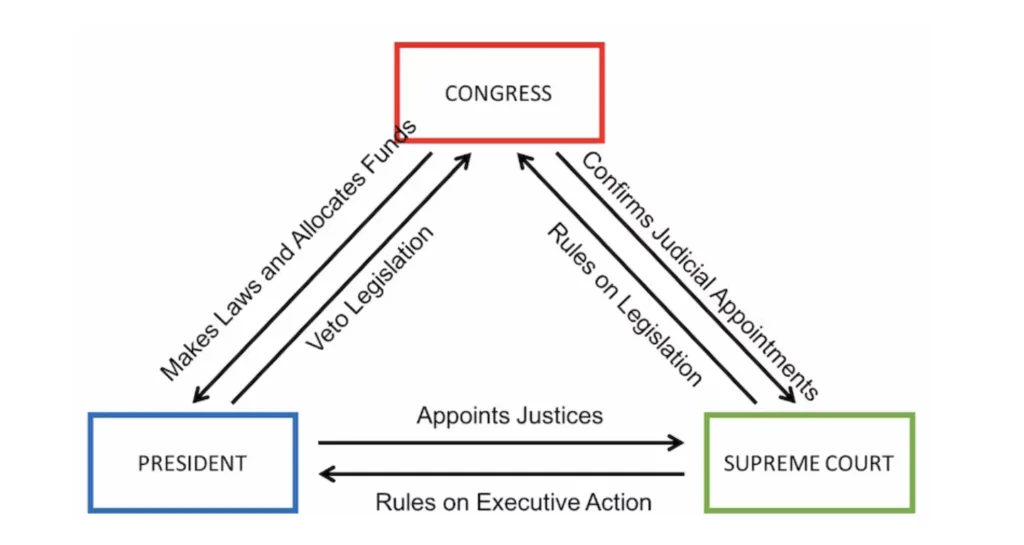Understanding the Thrombolysis Procedure for Deep Vein Thrombosis Treatment
Learn about the thrombolysis procedure, a crucial treatment for deep vein thrombosis (DVT). Discover its benefits, process, and why it’s a key option in managing DVT effectively.

What is the Thrombolysis Procedure?
Thrombolysis is a medical procedure used to dissolve dangerous blood clots that obstruct blood flow in the veins or arteries. It is particularly effective in treating conditions like deep vein thrombosis (DVT), pulmonary embolism, and stroke. This minimally invasive procedure not only restores normal blood circulation but also prevents complications such as permanent vein damage and life-threatening conditions.
Deep vein thrombosis is a serious condition where blood clots form in the deep veins, often in the legs. If untreated, these clots can break loose and travel to the lungs, causing a pulmonary embolism. The thrombolysis procedure helps mitigate such risks by directly targeting and dissolving these clots.
When is Thrombolysis Recommended?
Not all cases of DVT require thrombolysis. Doctors typically recommend this procedure for:
-
Large blood clots causing significant blockage.
-
Severe symptoms such as swelling, pain, and restricted mobility.
-
Risk of long-term complications like post-thrombotic syndrome.
-
Prevention of pulmonary embolism in high-risk patients.
Your healthcare provider will assess your medical history, the severity of the condition, and overall health before recommending thrombolysis.
How Does the Thrombolysis Procedure Work?
The thrombolysis procedure involves the administration of clot-dissolving medications called thrombolytics. Here’s a step-by-step breakdown:
-
Preparation:
-
The patient undergoes imaging tests such as ultrasound, CT scan, or MRI to locate the clot and assess its size.
-
Blood tests may also be performed to evaluate clotting factors and overall health.
-
-
Catheter Insertion:
-
A thin tube, or catheter, is inserted through a small incision in the skin, usually near the groin.
-
Using advanced imaging guidance, the catheter is navigated to the site of the clot.
-
-
Administration of Thrombolytics:
-
Thrombolytic medications like alteplase or urokinase are delivered directly to the clot through the catheter.
-
This targeted approach ensures effective dissolution while minimizing the risk of side effects.
-
-
Monitoring and Recovery:
-
The patient is closely monitored during the procedure for any adverse reactions.
-
Once the clot is dissolved, the catheter is removed, and the incision is bandaged.
-
Benefits of Thrombolysis
The thrombolysis procedure offers several advantages for patients with DVT:
-
Quick Relief: Rapid dissolution of blood clots provides immediate symptom relief.
-
Minimally Invasive: The catheter-based approach reduces the need for open surgery.
-
Improved Blood Flow: Restores normal circulation and reduces swelling and pain.
-
Prevention of Complications: Decreases the likelihood of pulmonary embolism and post-thrombotic syndrome.
-
Reduced Recovery Time: Patients often experience faster recovery compared to traditional surgical methods.
Risks and Precautions
While thrombolysis is generally safe, it’s essential to be aware of potential risks:
-
Bleeding: As thrombolytic medications dissolve clots, they may increase the risk of bleeding, especially in individuals with existing bleeding disorders.
-
Allergic Reactions: Rarely, patients may have an allergic reaction to the medication used.
-
Infection: There is a minimal risk of infection at the catheter insertion site.
Precautions include conducting a thorough medical evaluation, choosing an experienced medical team, and following post-procedure care instructions diligently.
Recovery and Post-Procedure Care
Recovery from thrombolysis is typically smooth, but proper care is crucial:
-
Monitor for Symptoms: Keep an eye on swelling, pain, or changes in skin color around the treated area.
-
Follow-Up Appointments: Regular check-ups with your doctor help ensure successful recovery.
-
Lifestyle Adjustments: Incorporate regular exercise, maintain a healthy weight, and avoid prolonged periods of immobility.
-
Medications: You may be prescribed blood thinners to prevent new clots from forming.
Why Choose Thrombolysis for DVT?
When deep vein thrombosis poses a significant risk to your health, the thrombolysis procedure is a proven and effective solution. By targeting and dissolving clots, it restores blood flow and reduces complications, enabling patients to return to their normal lives sooner. With advancements in medical technology, thrombolysis has become safer and more accessible, making it a preferred choice for many healthcare providers.
Conclusion
The thrombolysis procedure is a game-changer in the treatment of deep vein thrombosis. By directly addressing blood clots, it not only alleviates symptoms but also prevents serious complications. If you or a loved one are experiencing symptoms of DVT, consult a healthcare professional to determine if thrombolysis is the right option. Early intervention can make all the difference in ensuring a full and swift recovery.
What's Your Reaction?




















